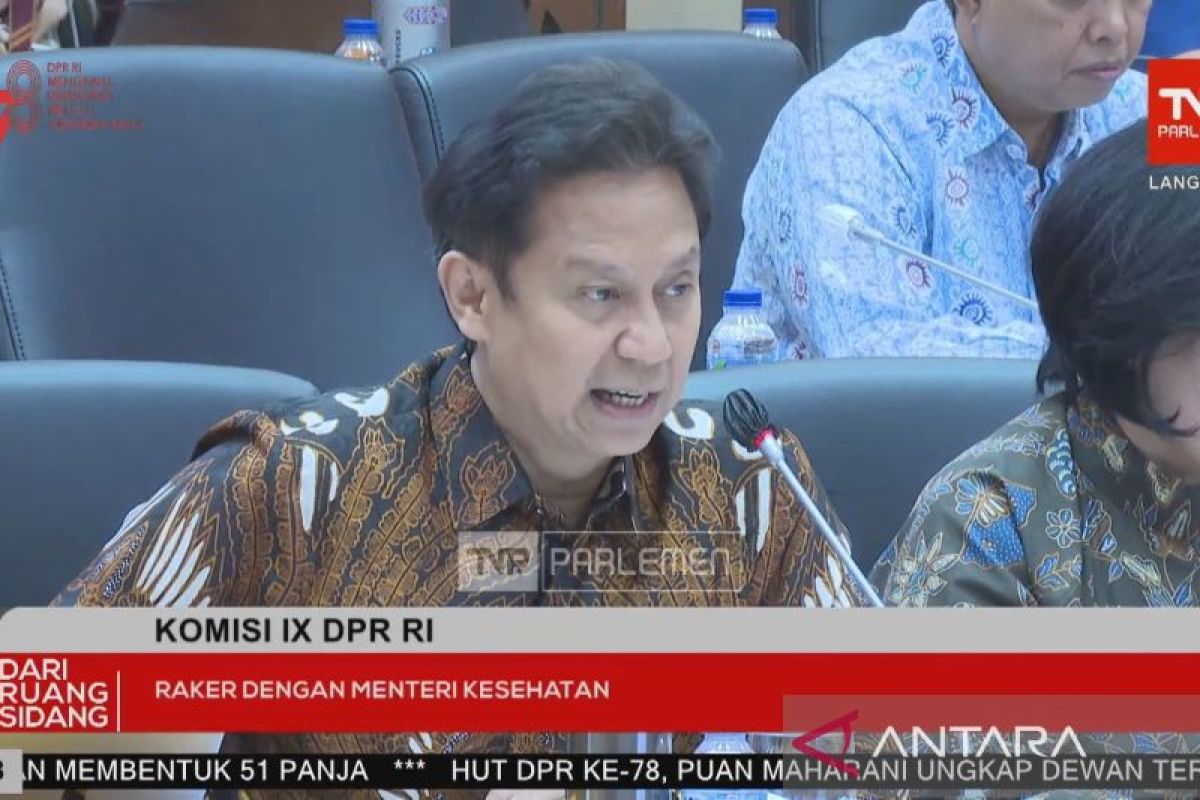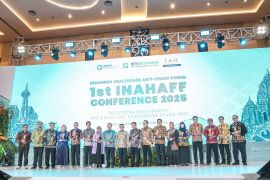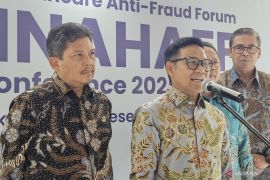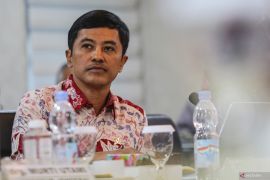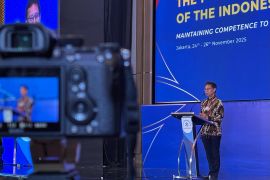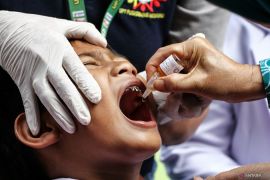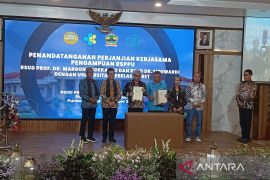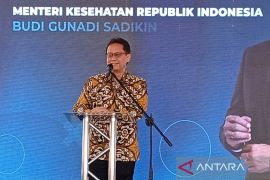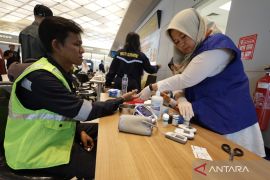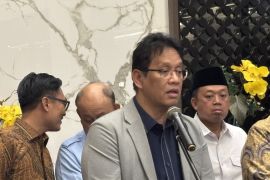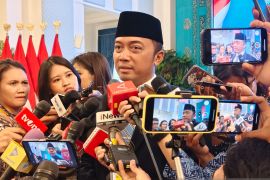Sadikin remarked that the WHO divides the types of pollutants into two categories, with the first consisting of four gaseous pollutants -- ozone, nitrogen dioxide (NO2), sulfur oxides (SO2), and carbon monoxide (CO) -- while the second pollutant is in the form of PM 2.5 that are particles with a diameter of less than or equal to 2.5 microns and PM 10 are particles less than 10 microns across.
"The most dangerous is PM 2.5 because it is a very small particle that can enter the blood vessels and go straight to the lung," the minister explained during a working meeting with Commission IX of the Indonesian House of Representatives (DPR RI) in Jakarta, Wednesday.
He said that the PM 2.5 pollutant is a type of particle that has become a measurement reference for all countries with high air pollution.
Sadikin stated that PM 2.5 comes from carbon combustion, including gasoline for transportation fuel, Steam Power Plants (PLTU), industries conducting combustion, such as steel smelters, and burning waste by the community.
"WHO gives the target in which the pollutant level is being calculated per 24 hours and per year. Hence, the measurement is the average level per day and per year," he noted.
Sadikin remarked that the WHO used to target the maximum limit for PM 2.5 air pollution at an average rate of 55 micron grams per cubic meter (μg/m³) per 24 hours and 15 μg/m³ per year.
However, currently, the WHO has just lowered the limit to an average of 15 μg/m³ per 24 hours and five μg/m³ per year.
The minister noted that the pollutant limit in Jakarta, which is currently reeling from notoriously bad air quality, has never been below those figures in the last three years.
"And yet, none of the countries have changed their rules regarding air pollution," he pointed out.
Sadikin noted that this condition is closely related to the increase in the number of respiratory diseases, such as pneumonia, tuberculosis, ISPA, asthma, COPD, and lung cancer, which have become a burden for the national health insurer, BPJS Health.
He remarked that these diseases had siphoned off the BPJS Health spending budget amounting to Rp10 trillion in 2022.
Related news: Ministry uses IHME data for air pollution impact analysis
Related news: Jokowi: Joint effort needed to overcome air pollution in Jabodetabek
Related news: Govt presses for implementing movement to prevent air pollution impact
Translator: Sean Filo M, Resinta S
Editor: Azis Kurmala
Copyright © ANTARA 2023
